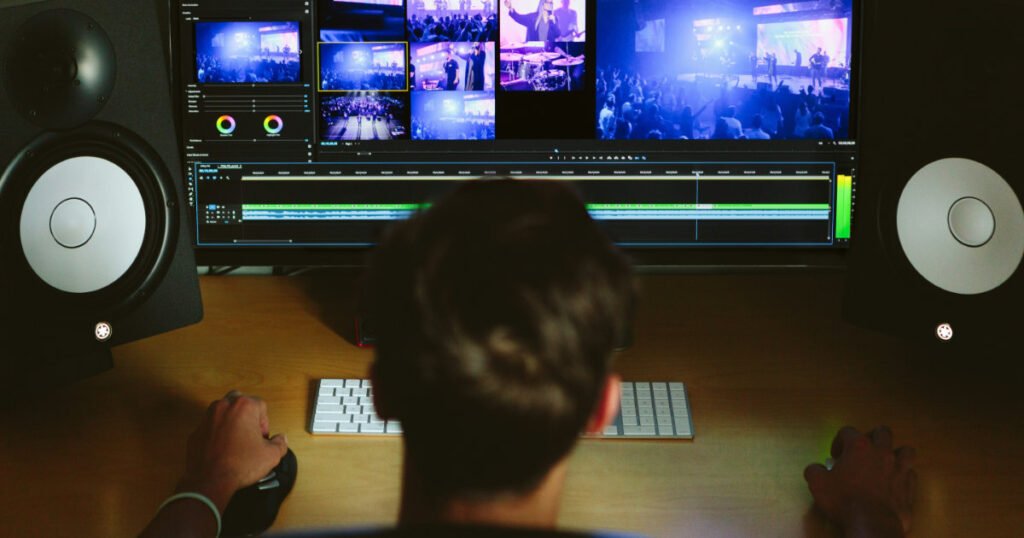Essential Film Editing Techniques


Mastering film editing involves combining both technical skills and creative vision. Film editing is not just about cutting footage; it’s an art that shapes the narrative, pace, and tone of the final product. This look into various techniques and tips to enhance your film editing prowess, highlighting key aspects of cutting techniques and video montage.
Cutting Techniques: The Backbone of Film Editing
Film editing begins with cutting, the process of selecting and arranging footage. The art of cutting goes beyond merely trimming scenes. It includes understanding the rhythm and flow of the narrative. A skilled editor knows how to use different types of cuts, like the match cut, jump cut, and J-cut, to enhance storytelling. For instance, a match cut can create a smooth transition between scenes, while a jump cut can indicate a lapse in time or add a dramatic effect.
Video Montage: Crafting a Story
Video montage is another crucial element. It involves compiling several shots to condense time and convey a specific mood or idea. This technique is particularly effective in showing the passage of time, like a character’s journey over years, in a few moments. It’s about selecting the right shots and sequencing them in a way that the audience can easily follow and engage with the story.
The Role of Post-Production Software
In today’s digital age, post-production software is indispensable in film editing. Software like Adobe Premiere Pro, Final Cut Pro, and Avid Media Composer offer a range of tools for cutting, layering, and enhancing footage. These tools enable editors to manipulate and refine footage with precision, adding effects, adjusting color, and ensuring the seamless flow of scenes.
Post-Production Hardware: Enhancing the Editing Process

Post-production hardware also plays a significant role. High-quality monitors and sound equipment allow editors to accurately assess visual and audio elements. Advanced graphic cards and processors can handle large files and complex effects, making the editing process smoother and more efficient.
Collaboration in Post-Production
Film editing is not a solitary task. It involves collaboration with directors, cinematographers, and sound designers. Understanding their vision and inputs is crucial for an editor. It’s a synergy of creative minds that ultimately shapes the film’s final form.
Keeping Up with Industry Trends
Staying updated with the latest trends and technologies in film editing is essential. Attending workshops, following industry blogs, and networking with other professionals can provide valuable insights and keep your skills sharp.
Exploring Further into Film Editing
For those eager to dive deeper into the world of film editing, exploring foundational concepts and techniques is a great next step. Understanding the basics can provide a solid groundwork for mastering more advanced aspects of film editing.
In conclusion, mastering film editing requires a blend of technical knowledge, artistic sense, and an understanding of storytelling. By honing cutting techniques, leveraging post-production tools, and staying abreast of industry trends, editors can significantly enhance the impact and quality of their work. For those looking to further expand their knowledge and skills, delving into the fundamental principles of film editing can provide valuable insights and a stronger foundation in this dynamic field.

Responses